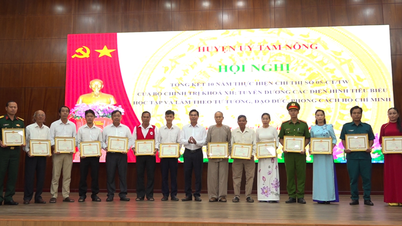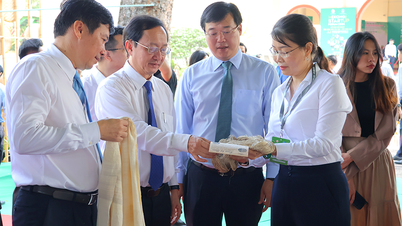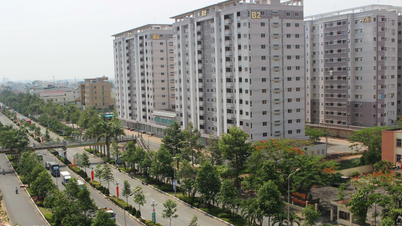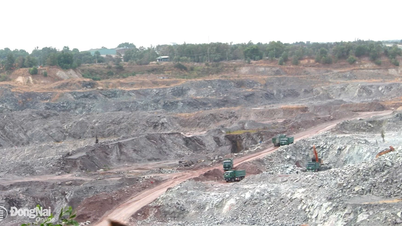The seeds of the coco de mer tree are half a meter in diameter and weigh as much as a large dog, and are often sought after by poachers to sell for high prices.

Coco de mer seeds take decades to germinate. Photo: iStock
The coco de mer, or double coconut, is actually a palm that grows on the islands of Praslin and Curieuse in the Seychelles. Every part of this tree is large. The trunk can grow up to 33.5 m tall, has leaves over 9 m long, and the largest fruit ever recorded (weighing 41 kg). Perhaps the most unique feature of the coco de mer is its seed, which is among the largest in the world . The seeds are 50 cm in diameter and can weigh up to 25 kg, equivalent to an adult bulldog, according to IFL Science.
Both their size and shape have long attracted both tourists and smugglers. Unlike other seeds that are designed to be dispersed far and wide, coco de mer seeds do almost the opposite. They fall from the mother tree and stay there, waiting for the mother tree to die. They can then use the mother tree’s nutrients to grow. That process takes a long time, as coco de mer trees are estimated to live for more than 200 years. Even if the seeds do germinate, it can take 15 to 50 years for them to grow into mature trees.
However, the coco de mer tree is listed as endangered on the International Union for Conservation of Nature (IUCN) Red List, with only about 8,000 mature trees remaining in the wild. This is believed to be the result of overharvesting.
Typically, another major threat to endangered species is inbreeding, which limits the gene pool and makes harmful mutations more likely. However, this doesn’t seem to be a problem for the coco de mer, as a recent study found that growing from seed to sapling is more successful when the parent plant is closely related. Known as inbreeding euphoria, this phenomenon may be the result of evolution on an isolated island.
Coco de mer trees and seeds are also well protected by the authorities under both Seychelles and international law. The trees are guarded and even caged to prevent poachers from stealing the seeds and selling them at high prices. White firebreaks have also been placed around the palm groves as a precaution against potential fire threats.
According to An Khang Vnexpress, IFL Science
Source



![[Photo] Party and State leaders attend the special art program "You are Ho Chi Minh"](https://vphoto.vietnam.vn/thumb/1200x675/vietnam/resource/IMAGE/2025/5/18/6895913f94fd4c51aa4564ab14c3f250)


![[Photo] Many young people patiently lined up under the hot sun to receive a special supplement from Nhan Dan Newspaper.](https://vphoto.vietnam.vn/thumb/1200x675/vietnam/resource/IMAGE/2025/5/18/6f19d322f9364f0ebb6fbfe9377842d3)
![[Photo] Ready for the top competitions of Vietnamese table tennis](https://vphoto.vietnam.vn/thumb/1200x675/vietnam/resource/IMAGE/2025/5/18/9c547c497c5a4ade8f98c8e7d44f5a41)
















































































Comment (0)